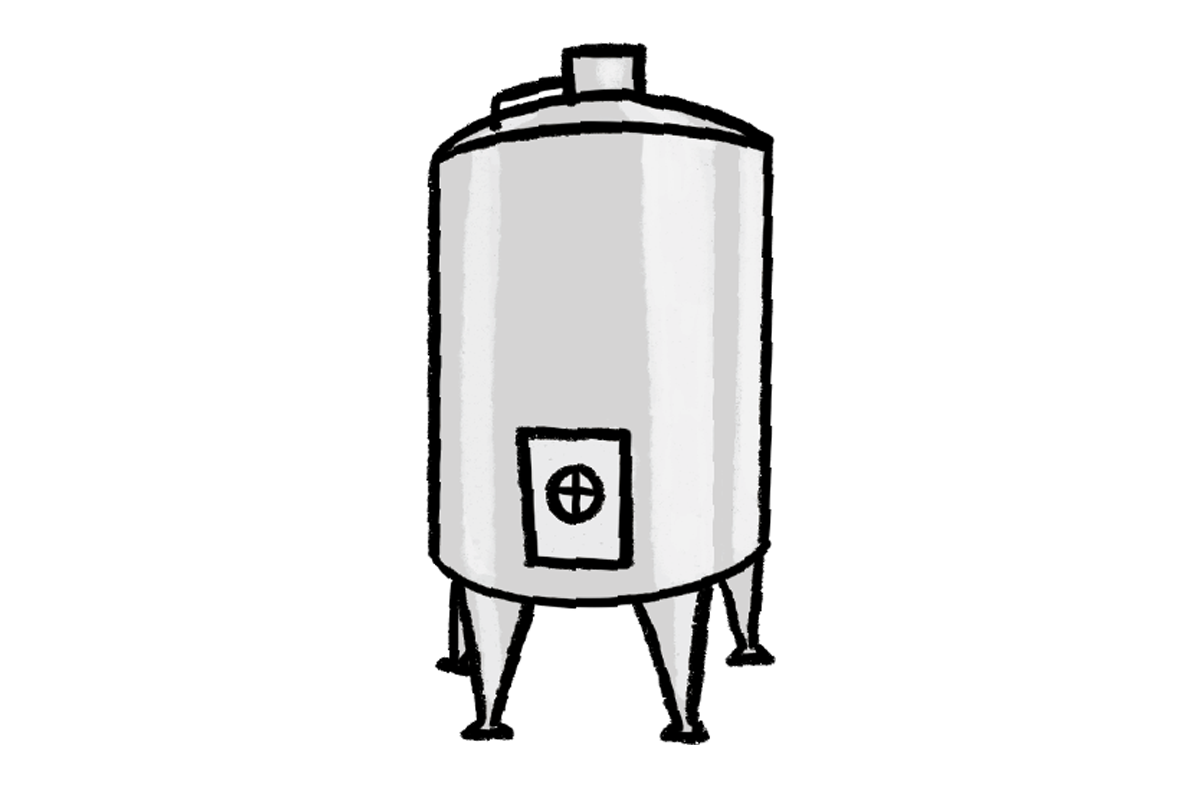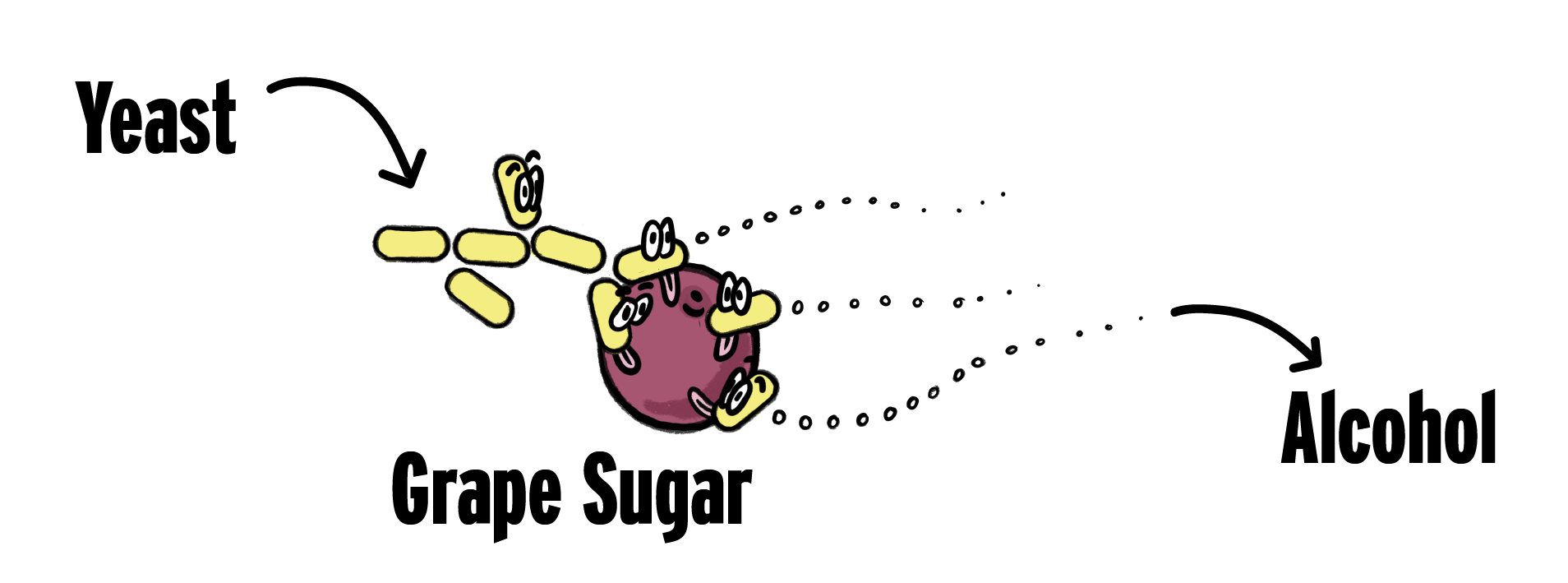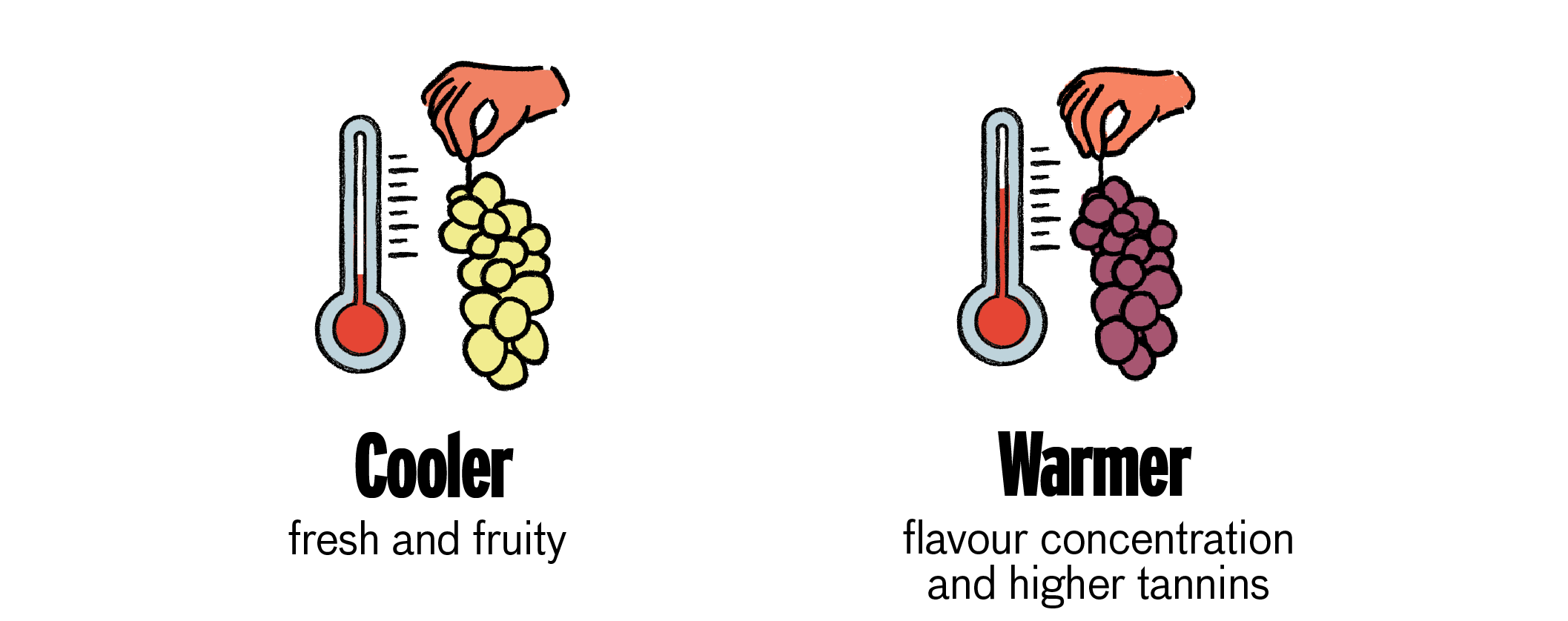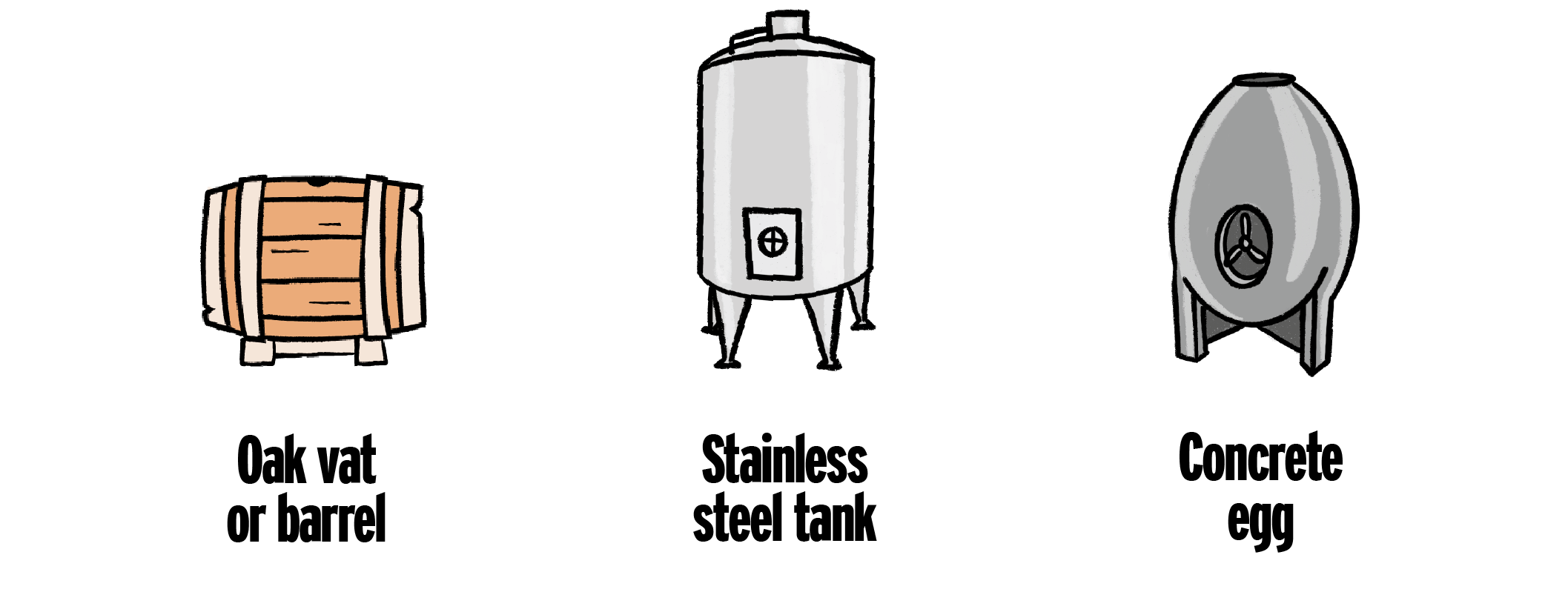

Alcoholic fermentation is the natural process of yeast converting sugar into ethanol (aka ethyl alcohol). So for wine, that means the conversion of grape sugars into alcohol, which then results in wine!
TL;DR
Alcoholic fermentation is the natural process of yeast converting sugar into ethanol (aka ethyl alcohol). So for wine, that means the conversion of grape sugars into alcohol, which then results in wine!
How does it work?--red
In order for fermentation to occur, yeast must be present. Yeast is the name for a group of microscopic fungi that do all the heavy lifting of converting sugar into alcohol.
Grape sugars are just as delicious to yeast as they are to us, humans. So think of the conversion process like this; the yeast feeds on the grape sugars (yum!), then digests it (conversion process) and excretes it out as alcohol. There's no wine that has ever come to be without the hard work of yeast!

What else happens during fermentation?--wines
During the process of fermentation, not only is alcohol made through the action of yeast, but also carbon dioxide and heat, both of which need to be monitored. The carbon dioxide produced is an important part of the making of sparkling wines.
The speed and temperature of the fermentation can affect the final flavours and style of the finished wine.
The temperature of the fermentation can affect the speed of the process as well as the final flavours and style of the finished wine.
Generally, cooler fermentations are favoured for fresh fruitier white wines and rosé. Whereas warmer fermentations are favoured for red wines with more flavour concentration and higher tannins. This is because more colour and tannins can be extracted at warmer temperatures, however, it simultaneously causes a loss of some fresh and fruity flavours.

When does fermentation stop?--racy
Fermentation will stop once all the grape sugars are consumed by the yeast. However, fermentation can be interrupted and cease if the temperature rises above 35°C, or if there is a lack of nutrients for the yeasts to stay alive (aside from sugar).
In other instances, a winemaker may want to stop the fermentation before all the sugar has been converted to alcohol so that there is some sweetness left in the wine. This can be done by either killing or removing the yeast. This is done by adding SO2 or grape spirit to the fermenting wine, or by using filtration methods. Fermentation can also be "paused" by chilling the fermenting wine below 5°C.
When fermentation stops on its own before the sugars have been converted to alcohol (without the winemaker's involvement) it is called a "stuck fermentation". This is a situation that winemakers all around the world curse and hope they never have to deal with. It is also the reason why many winemakers choose to have more control by using commercial yeasts instead of the use of ambient yeasts.
Fermentation vessels--strawberry
Since fermentation just requires sugars and yeast, the places it can occur are endless!

But when it comes to quality wine, fermentation occurs in stainless steel tanks, wooden barrels or casks, concrete vats, or concrete eggs (aka amphorae). Stainless steel is the modern standard because it's easier to keep clean, comes in a large range of sizes and allows for the most temperature control of the fermenting grape juice. It is also the first choice for making fresh, fruity, light styles of wines because of its anaerobic environment (no oxygen). Wood is another great option and some winemakers prefer it because of its ability to retain some heat and the pores of the wood allow some oxygen in, which can add complexity to certain styles of wine. Concrete is a growing trend (though it is actually quite ancient in practice!) because they are naturally able to maintain an even temperature very effectively.
About the Author
Banjo Harris Plane is the three-time winner Sommelier of the Year Australia and a certified advanced Sommelier through the Court of Master Sommeliers. He first cut his teeth in the wine industry working as a sommelier in Australia's best restaurants, before starting multiple businesses in the space of a few years... these included two restaurants, a wine import business and co-founding Good Pair Days!
Do you know your wine personality? If your answer is no, take our quiz to find out which wines to pick up next and build your box!
Build my box





